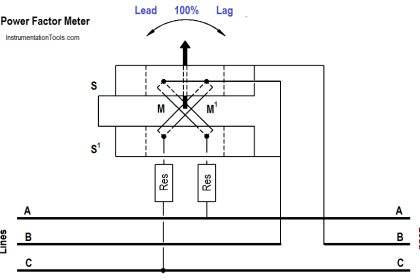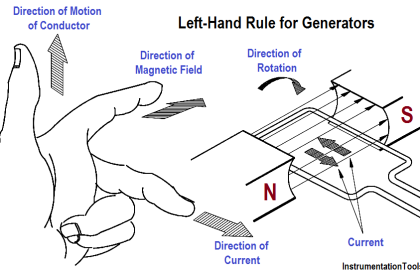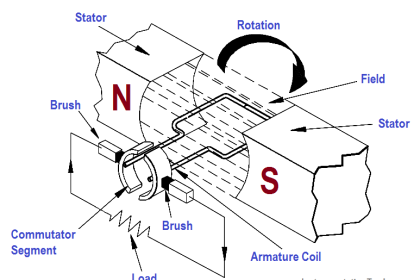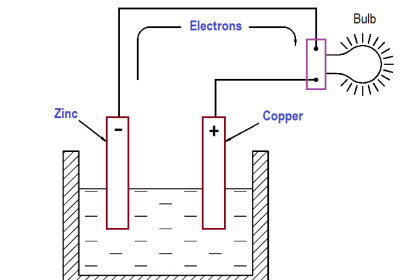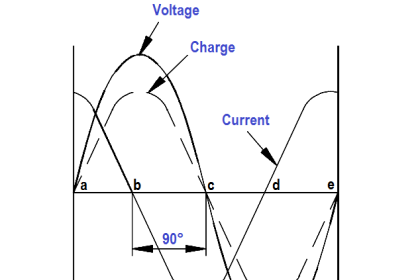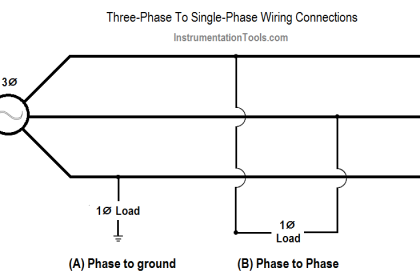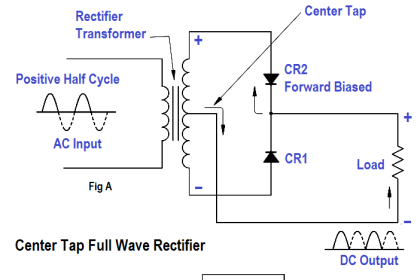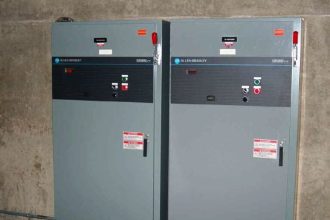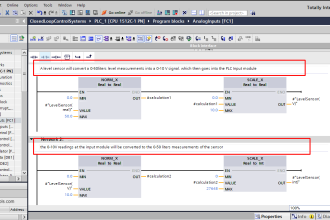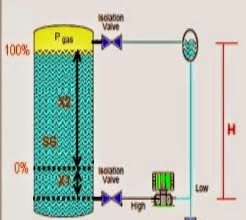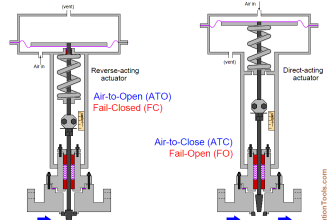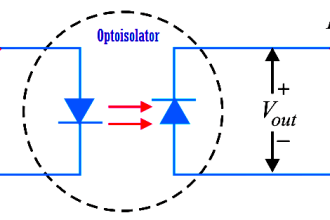Induction Motor
Previous explanations of the operation of an AC motor dealt with induction motors. The induction motor is the most commonly used AC motor in industrial applications because of its simplicity, rugged construction, and relatively low manufacturing costs.
The reason that the induction motor has these characteristics is because the rotor is a self-contained unit, with no external connections. This type of motor derives its name from the fact that AC currents are induced into the rotor by a rotating magnetic field.
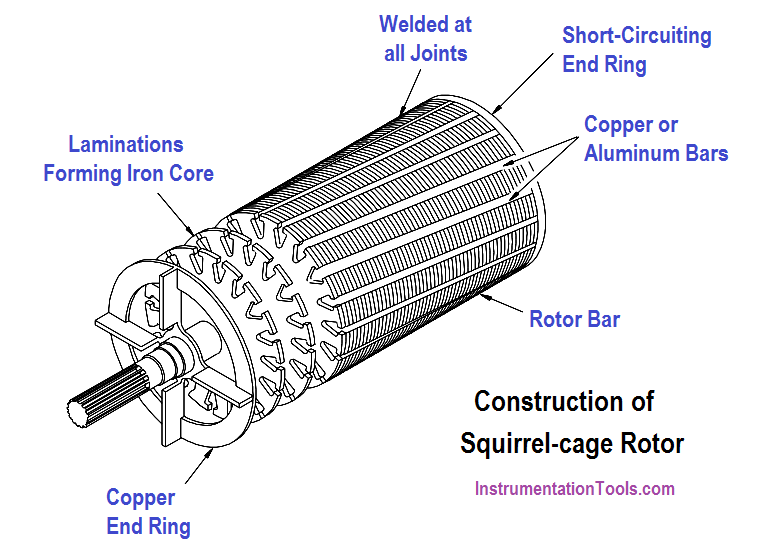
The induction motor rotor (Figure) is made of a laminated cylinder with slots in its surface. The windings in the slots are one of two types. The most commonly used is the “squirrel-cage” rotor. This rotor is made of heavy copper bars that are connected at each end by a metal ring made of copper or brass.
No insulation is required between the core and the bars because of the low voltages induced into the rotor bars. The size of the air gap between the rotor bars and stator windings necessary to obtain the maximum field strength is small.
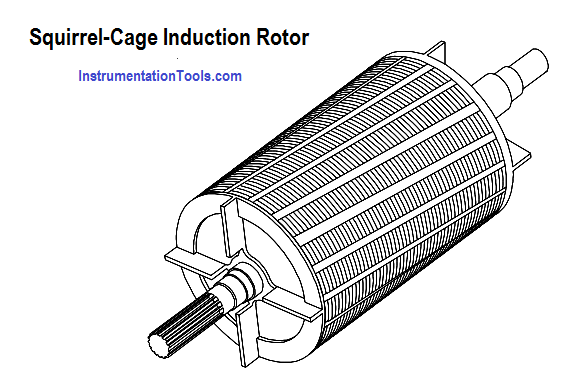
Figure : Squirrel-Cage Induction Rotor
